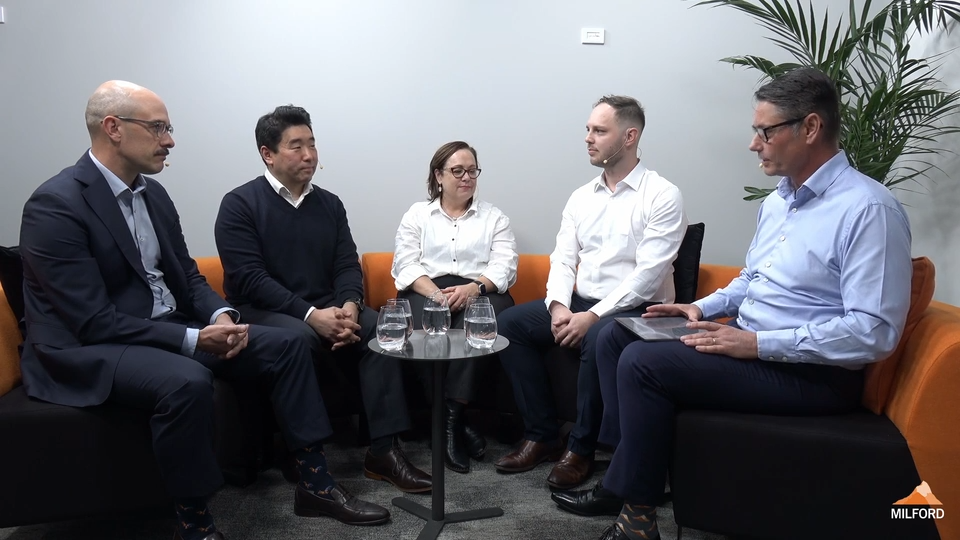Every year it’s worthwhile stepping back from what you’re doing and reflecting on what you’re trying to achieve, who is helping to get you there, and whether the direction you’re heading is still fit for purpose.
Whether it’s in sport, your career, or your KiwiSaver, taking time to reflect will give you perspective and help you continue to plot your direction forward.
A great time to step back and look at your KiwiSaver is when your annual KiwiSaver Member Statement is released in June.
Setting and reviewing your Goal
To plot your direction forward and know why you’re in KiwiSaver you must first start with a goal. This goal could be for a First-Home Purchase, or for Retirement.
If the goal is retirement then it could be an amount you’re striving for by the age of 65, an income that you’d like to be able to draw in retirement, or a lifestyle that you’d like to be able to maintain. However, identifying this goal can be particularly difficult, especially if you have 20+ years until the age of 65.
Your KiwiSaver Member Statement takes the first step by showing what weekly income you may be able to draw based on how you’re currently tracking.
This annual snapshot gives you a good direction, however utilising the Milford digital tools such as Forecast my Balance and Milford KiwiSaver Plan Digital Advice will help provide clarity on what your goal should be and whether you’re on track for a “No Frills”, “Choices” or a “Freedom” lifestyle in retirement.
Reflecting on your fund choice
Once you’ve identified your goal, you then must consider how you’re going to get there. Some things that you can’t control are what your current balance is today, as well as how much your employer and the government are going to contribute.
However, you can control your own contributions and fund selection.
When it comes to fund selection you’ve got to balance your investment time horizon, your tolerance for risk, and the goal you’re trying to achieve. Each of these three components takes careful consideration.
A Risk Tolerance Questionnaire can help with your fund selection. But taking it a step further and getting financial advice, whether that’s online or in-person, can help you choose the appropriate fund for you based on your personal circumstances.
As my colleague Richard Pilley discussed in his Blog “The psychology of investment – check your biases” biases can get in the way of investors making rational decisions. Investors are often hindered by recency bias (Tying decisions to recent experiences), and loss aversion (The over-reaction to losses in the event of market volatility).
Although it is incredibly difficult to do, you generally want to avoid making rash decisions when investing. Partnering with a fund manager and an adviser who can support you through the inevitable ups and downs of investing can be really valuable. As markets frequently go up and down in value, it’s important to be very clear about what you’re trying to achieve. Getting good financial advice is key to helping you handle the emotional rollercoaster of investing.
To conclude, an investor who can identify their goal, make the right fund choice, and get the right advice is more likely to be on track for a fruitful retirement. So, take time each year to reflect on your KiwiSaver investment, the goal you’re trying to achieve, the fund you’ve chosen to invest in, and whether your personal biases are threatening to derail your retirement.
And if in doubt seek advice. Speak to one of our KiwiSaver Advisers, or use Milford KiwiSaver Plan Digital Advice.


